Types of Inhalers
In general, the two big categories of inhalers are metered dose inhalers (MDI) and dry powder inhalers (DPI).

Metered dose inhalers (MDIs) are pressurized containers with medicine in aerosol form. The most common propellant used is usually Hydrofluoroalkane, or HFA. MDI requires patients to click/actuate and then immediately take a slow, deep breath. This can be problematic for patients with difficulty coordinating breathing and actuation. The use of a spacer can help with delivery of the medication. Spacer holds the medicine in the chamber, and patients can then take breath in without having to worry about the exact timing. Another type of MDI called Respimat uses soft mist without propellant. This mitigates the need to use a spacer. Downside is that there is an extra step with twisting the inhaler prior to use and may require more education.
Dry powder inhalers (DPI) deliver medication without a propellant. This requires the patient to take in a fast, forceful breath. There are many types of DPIs. Some require patients to insert a capsule, others will require only push a button or pull back a lever. Patients will need to be able to have sufficient inhalation force. This can be prolematic for patients with poor lung functions to start with.
Often times, a hand held inspiratory flow device can be used to measure whether a patient has enough inspiratory force to use a particular MDI or DPI. One example of this device is the In-Check Dial G16. As a general rule, a patient needs to be able to have peak inspiratory flow rate of at least 60 L/min to be able to use dry powder devices. He or she needs to be able to have at least 30 L/min peak inspiratory flow to be able to use metered dose inhalers.1, 2

A simplified resistance profile of commonly used inhalers are seen above. When in doubt, pick the device with the lowest resistance. A more detailed table of different examples of inhalers is as below:
| Inhaler Type | Image | Characteristics | Upsides | Downsides |
| HFA inhalers | 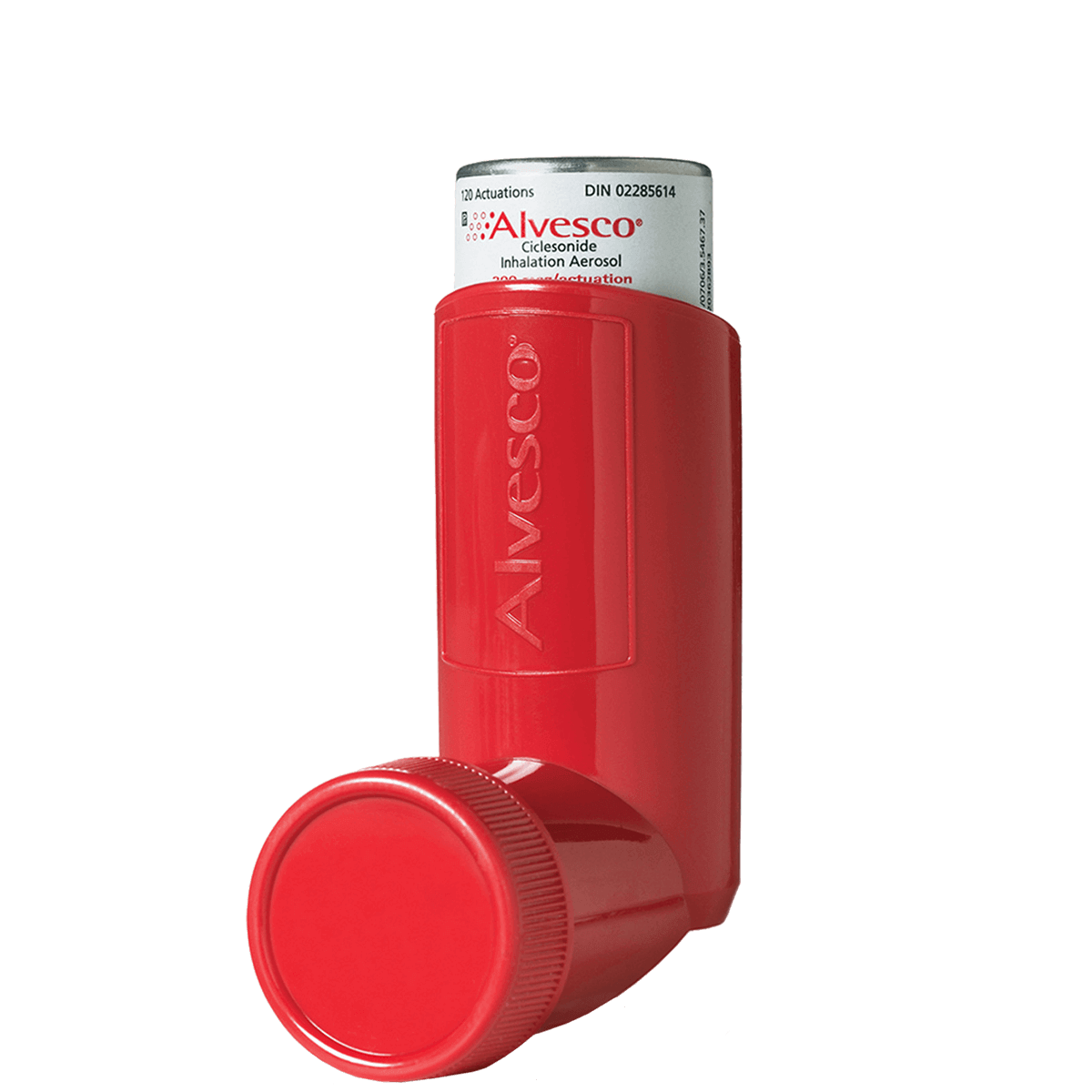 | Most common type of MDIs | Most common, easier to learn | Requires good hand-breath coordination. Spacer can help with delivery |
| Redihaler | 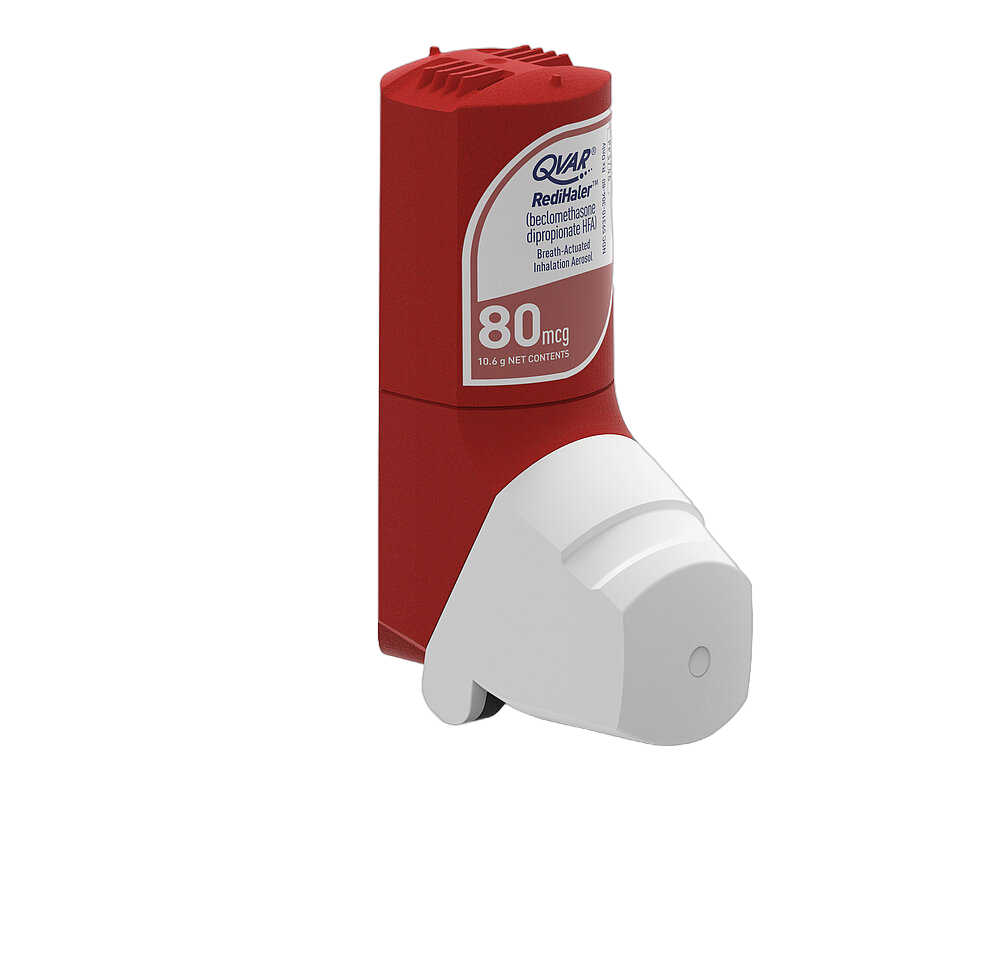 | Delivery is activated with inhalation instead of actuation | Does not require click or press. Bottom chamber acts as spacer. | Patient still needs to take slow, deep breath |
| Respimat | 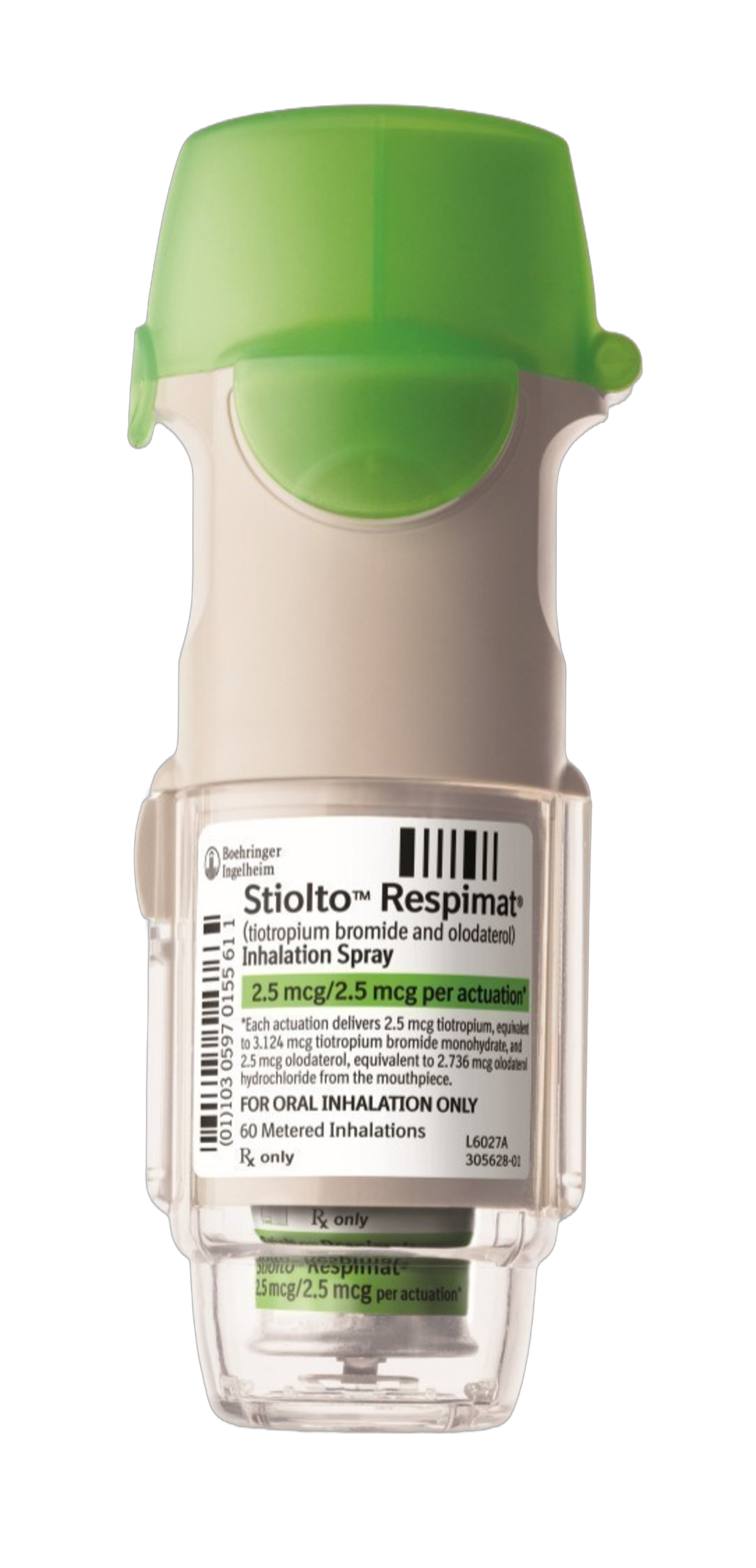 | Uses soft mist instead of propellant | Delivers slower soft mist. Better delivery. Does not need spacer | More steps. Patient has to turn the base and then press a dose release buttton |
| Diskus |  | Most common type of DPI. Patient opens cover until it clicks. Then medicine is delivered with inhalation | - | - |
| Ellipta |  | Another very common type of DPI. Works like a Diskus | - | - |
| Handihaler | 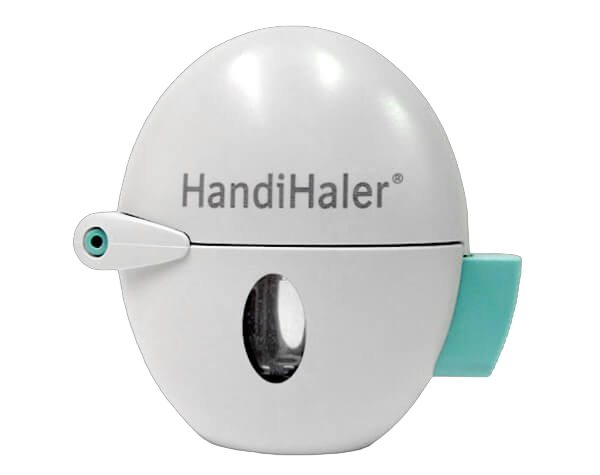 | Single use DPI that requires capsule for each use | - | Requires capsules to be placed each time prior to use |
| Twisthaler |  | An example of DPI that uses twisting motion to deliver | - | - |
| Flexhaler | 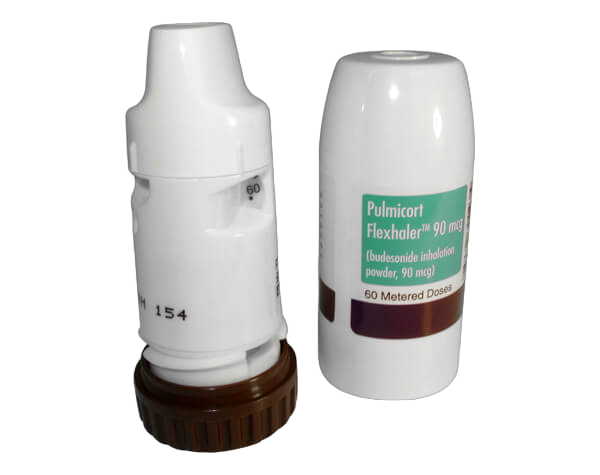 | An example of DPI that uses twisting motion to deliver | - | - |
| Pressair | 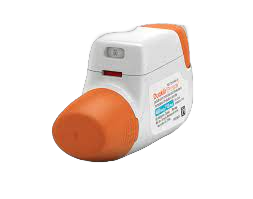 | DPI device that uses pushing down of a button to deliver | - | - |
| Inhub | 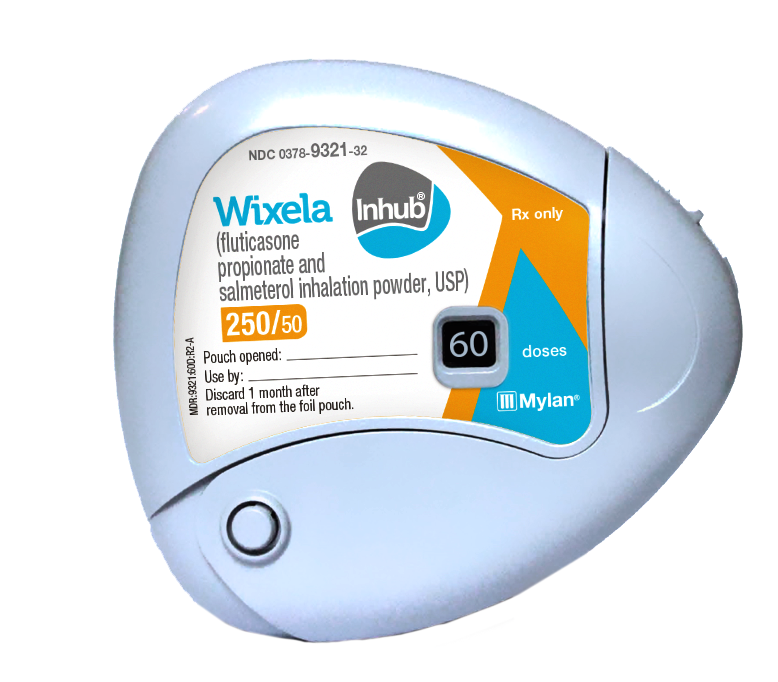 | DPI device that works similar to a Diskus | - | - |
| Respiclick |  | Delivers when cap is clicked back | No washing, priming, shaking. No hand-breath coordination | Hard to be approved by insurance |